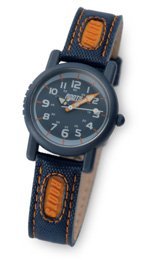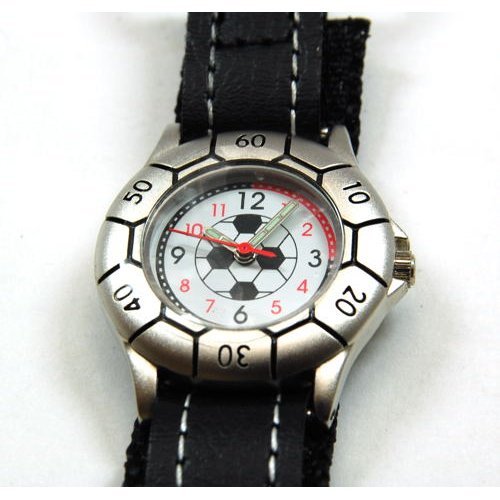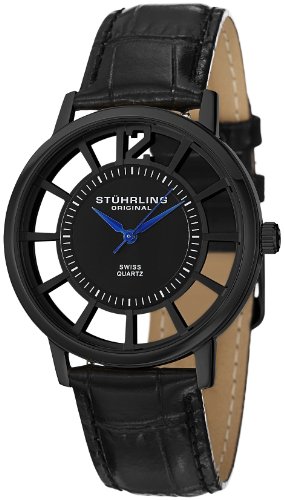Stuhrling Original Men's 1077.3345K2 Classic Delphi Venezia Automatic Skeleton Brown Watch Review

Stuhrling Original Men's 1077.3345K2 Classic Delphi Venezia Automatic Skeleton Brown Watch Feature
- Polished rose gold layered round case with triple step design bezel
- Protective Krysterna crystal on front and back
- Silver skeleton dial with Black Roman numerals
- Brown alligator embossed genuine leather strap with rosetone buckle
- Water-resistant to 165 feet (50 M)
Stuhrling Original Men's 1077.3345K2 Classic Delphi Venezia Automatic Skeleton Brown Watch Overview

With a sensually revealing dial face, the Stuhrling Original Men's 1077.3345K2 Classic Delphi Venezia Automatic Skeleton Brown Watch takes class to a new level. This refined timepiece begins with a round 44mm rose gold-plated stainless steel case with a fixed triple step-design bezel, exhibition case back and a textured crown. These elements surround a textured silver skeleton dial, which is protected by a synthetic sapphire crystal and features luminous dot and black Roman numeral hour markers and thin luminous hands powered by automatic self-wind movement. A brown alligator-embossed leather band straps this watch to the wrist, while a reliable rose gold-toned buckle clasp ensures its secure placement. Finally, this watch boasts water resistance up to 165 feet (50 meters). For a look that is sure to turn heads in the boardroom, turn to this Stuhrling Original.
Krysterna Crystals
Krysterna is proprietary to Stührling Original and refers to the crystals that are used in its timepieces. Krysterna stems from the eyewear industry and has more strength over a spread surface area than sapphire. Krysterna crystals are more scratch resistant than mineral crystals and more shatter resistant than sapphire crystals.

The Delphi Family belongs to the Classic Collection, and they include timepieces that feature mechanical and automatic movements. Many of them also utilize an exquisite triple step design bezel.
Summary of Features
• Movement: Manual/Self-Winding Automatic Movement
Automatic watches do not operate on batteries. Automatic watches are made up of about 130 or more parts that work together to tell time. Automatic movements mark the passage of time by a series of gear mechanisms, and are wound by the movement of your wrist as you wear it. The gear train then transmits the power to the escapement, which distributes the impulses, turning the balance wheel. The balance wheel is the time regulating organ of a mechanical watch, which vibrates on a spiral hairspring. Lengthening or shortening the balance spring makes the balance wheel go faster or slower to advance or retard the watch. The travel of the balance wheel from one extreme to the other and back again is called oscillation. Lastly, automatic movements come in different types, including movements that are Swiss-made, Japanese-made, and more.
Also referred to as self-winding, watches with automatic movements utilize kinetic energy, the swinging of your arm, to provide energy to an oscillating rotor to keep the watch ticking. They're considered more satisfying to watch collectors (horologists) because of the engineering artistry that goes into the hundreds of parts that make up the movement. If you do not wear an automatic watch consistently (for about 8 to 12 hours a day), you can keep the watch powered with a watch winder (a great gift for collectors).
• Complications: Classic Three Hand Movement
• Dial: Hydraulically Stamped Guilloche Pattern on Skeletonized Dial
• Hands: Spade-Style Hands with Luminous Tips
Diagrams of Features


*** Product Information and Prices Stored: Jan 26, 2013 01:04:04



















